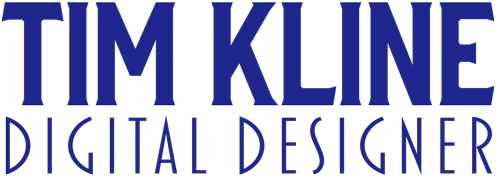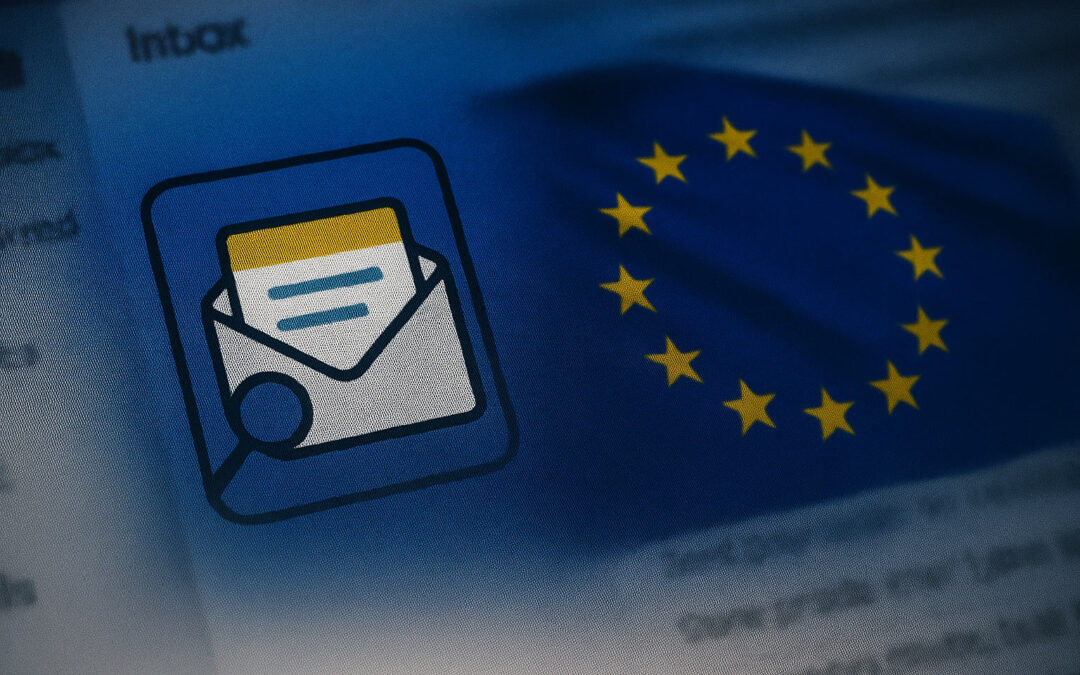If you’re in email marketing, big changes are here — and they’re not just about better subject lines or more personalized automations. The European Accessibility Act (EAA), which officially came into effect in 2025, is redefining how we design and deliver email campaigns. For the first time, email is being treated as a digital product that must be accessible to everyone, including people with disabilities. And that shift has huge implications for marketers around the world.
A New Era of Digital Inclusivity
At its core, the EAA is about ensuring that all digital experiences — from websites and apps to e-commerce platforms and now emails — can be used by everyone, regardless of ability. This means marketers can no longer think of accessibility as an optional add-on or a “nice-to-have.” It’s a legal requirement for companies that operate in or communicate with audiences in the European Union. Even if your business isn’t based in Europe, if you’re sending campaigns to EU recipients, these rules still apply to you.
What Accessibility Actually Means for Email
So, what does accessibility look like in practice? It’s more than just adding alt text to images. Accessible emails are designed from the ground up to be perceivable, operable, understandable, and robust. That might mean using proper heading structures and semantic HTML so screen readers can interpret your content correctly. It involves designing with sufficient color contrast so that text is readable for people with visual impairments. It means ensuring your content isn’t dependent on color alone to convey meaning, and that all interactive elements — like buttons and links — can be navigated with a keyboard.
When done well, accessible email design isn’t just beneficial for people with disabilities — it improves the user experience for everyone. Clear hierarchy, readable fonts, logical layouts, and thoughtful structure make messages easier to scan and digest on any device.
Beyond Compliance: The Business Benefits
It’s easy to see accessibility as a box to check to avoid legal trouble, but forward-thinking marketers recognize it as a major opportunity. More than one billion people globally live with some form of disability. That’s a massive audience segment you risk excluding if your campaigns aren’t built for inclusivity. Plus, accessible design tends to lead to better engagement rates overall. Emails that are easier to read and navigate often have higher open and click-through rates — and lower unsubscribe rates, too.
There’s also a deliverability angle. As email platforms continue to evolve, they’re placing more emphasis on user experience signals. Well-structured, accessible emails are less likely to trigger spam filters and more likely to land where they belong — in the inbox.
The Future of Email Marketing Is Inclusive
The EAA represents a major shift in how we think about digital communication. Email marketing isn’t just about sending messages anymore — it’s about creating experiences that everyone can engage with. Marketers who embrace accessibility today won’t just stay ahead of regulations; they’ll build stronger relationships, reach wider audiences, and future-proof their campaigns in a more inclusive digital world.


Recent Comments